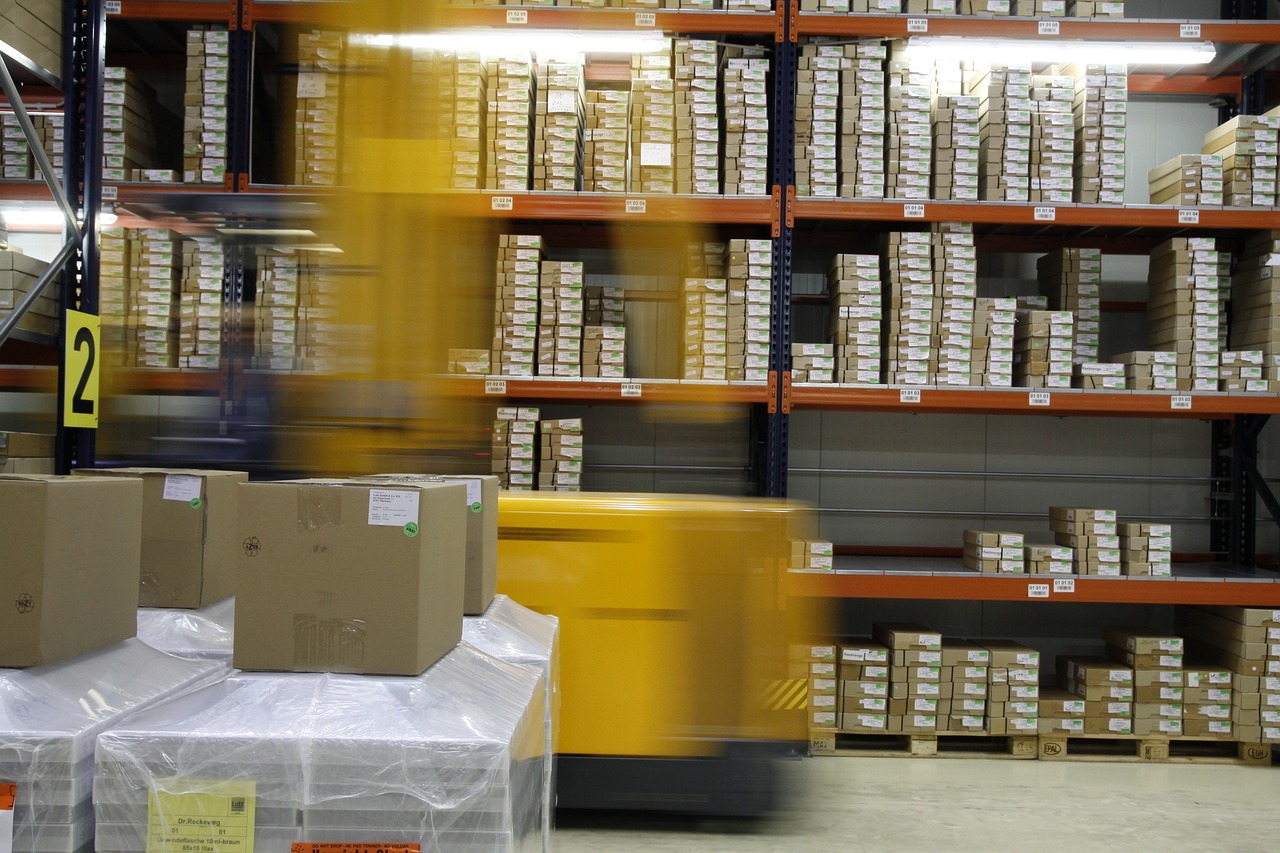If you were asked to describe the interior of a warehouse, you would probably paint the picture of a vast, dusty space with pallets stacked on top of one another, and workers carrying boxes from one location to the next.
Until recently, that description wouldn’t have been far off. But technological developments and innovations in facility design have transformed warehouses. Virtually every aspect of the modern warehouse facility is optimized for efficiency.
Here are some of the secrets of warehousing—and reasons why every business owner should take notice.
1. Warehouses are Growing Up Rather than Out
Warehouses take up a lot of space. It’s a simple formula: The more square footage a facility has, the more it can store.
It’s unsurprising, then, that you typically find warehouses located in rural locales, where cheap land is plentiful. But most businesses are located in urban and suburban areas. The distance between warehouses and the businesses whom they serve equates to higher shipping costs and less predictable delivery times.
Modern warehouse design accounts for this by focusing on storing items vertically rather than spreading them out across the facility. This allows for the building of facilities with smaller spatial footprints, enabling them to be built in more densely populated areas. By locating warehouses closer to businesses, companies enjoy lower shipping costs and more predictable delivery times.
2. Technology Streamlines Item Movement
Forklifts are a mainstay in warehouses nationwide. But they are no longer the only way products move throughout a facility.
Modern technology and facility design reduces the amount of time it takes for items to move from one part of a warehouse to another. Robotic picking technology enables warehouse operators to quickly pick items off the top of piles. From there, items can be moved to shipping bays using conveyor belt systems.
All of this is controlled using modern warehouse management systems, which offers the operator insight into inventory levels, the operational status of all of the system’s components, and more. These integrated systems reduce bottlenecks and ensure items are quickly picked from a pile and moved to the section of the warehouse where they are needed.
3. Warehouse Layout is More Strategic than Ever Before
From an outsider’s perspective, the interior of warehouses are piles of goods thoughtlessly stacked on top of another. In reality, they are anything but.
Modern warehouse design includes several strategic layout options. Each of the options have their own advantages and drawbacks. The three most commonly-used layouts include:
U-Shaped Layouts
U-shaped warehouse layouts maximize space dedicated to tasks such as packing, receiving, and staging. This layout not only minimizes congestion in aisles, but also makes it easy to observe workflows from strategic vantage points in the warehouse. Warehouse administrators who leverage this layout often complement it with a modern warehouse management system to monitor inventory levels and move items throughout the facility.
Cross-Docking Layouts
Unlike other warehouse layouts, a cross-docking strategy avoids storing items altogether. Instead, goods are immediately moved from a truck dropping off the delivery to one picking it up. While this strategy involves a considerable amount of coordination between parties, it slashes storage costs and handling times.
L-Shaped Layouts
An L-shaped layout places a shipping bay at one end of the facility and a receiving bay at the other end, with all of the functional stations in between. Much like the U-Shaped layout, this modern warehouse design maximizes space for picking, packing, and other stations, which reduces the time it takes to move items across the facility and minimizes congestion.
4. Automated Picking and Packing Reduces Human Error
No one is capable of avoiding mistakes entirely. While there is nothing wrong with that, it can be costly when managing a warehouse.
Modern warehouse management systems include automated picking and packing functions. Rather than having humans pick up items from one shelf and place them in a box, pick and pack technology uses robotics to identify items using barcodes and pick them up. From there, the items are placed in boxes in preparation for them to be shipped to customers. This aspect of modern warehouse design improves customer satisfaction by reducing the number of incorrect shipments while reducing handling time.
5. Internet of Things (IoT) Optimizes Inventory Management
These days, seemingly everything is connected to the internet—warehouse technology included.
Modern warehouse design uses devices connected to the internet to closely monitor data points previously unavailable, including inventory levels, the performance status of robotic components and conveyor belts, and many other metrics that offer insight in how a facility is performing.
One of the primary use cases of IoT in warehouses is predictive analytics. Devices throughout the facility offer insight into when items will run out, when they will be replaced with new items, and the location of lost items. All of this information reduces the complexity of managing a warehouse.
Take Advantage of CONRI’s Modern Warehouse Facilities
FInd out how modern facility design can benefit your business. Submit a contact form today.

